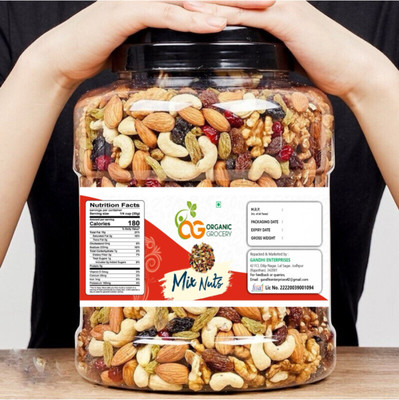
SHOP 360 GARDEN Bischofia Javanica, Bishop wood, Uriam, Java cedar, Javanese bishopwood Tree Seeds for Growing Seed (30 per packet)
Share
SHOP 360 GARDEN Bischofia Javanica, Bishop wood, Uriam, Java cedar, Javanese bishopwood Tree Seeds for Growing Seed (30 per packet)
Be the first to Review this product
₹210
₹299
29% off
Available offers
T&C
T&C
T&C
T&C
Delivery
Check
Enter pincode
Delivery by26 Aug, Tuesday
?
if ordered before 11:59 AM
View Details
Highlights
- Seed Type: Tree
- Suitable For: Outdoor
- Organic Plant Seed
- Seed For: Bischofia Javanica, Bishop wood, Uriam, Java cedar, Javanese bishopwood Tree Seeds for Growing
- Quantity: 30 per packet
Services
- Cash on Delivery available?
Seller
Description
Bishop Wood is an evergreen or semievergreen woody tree with a maximum height of 40 m and diameter of 2.3 m. The relatively short trunk is erect, but branches are low. Though coarse at maturity, the bark is nearly smooth, grayish brown to brown, and 1 cm thick, and contains a red milky sap that becomes a resinous semi-solid when dried. Leaves are trifoliate, rarely palmate, with stalk 8-20 cm in length. Each papery leaflet may be ovate, elliptic, subovate, or elliptic-ovate, 7-15 cm long and 4-8 cm wide, pointed and broadly wedge-shaped to obtuse at base, with two to three teeth per centimeter along the serrated margin. The stalk of the terminal leaflet is 2-5 cm in length, while that of lateral leaflet is 5-20 mm. Small greenish-yellow flowers are borne on dioecious panicles in leaf axils. Appearing in August to October, berry-like fruits are light brown, globular or subglobular, 6-13 mm in diameter, containing oblong seeds 5 mm in length. Flowering: February-May. Bishopwood is used in construction for beams, posts, docks, bridges and decking, and also for flooring, joinery, interior finish, mine props, railway sleepers, furniture, lining, agricultural implements, carving, and pencils. It is a potential source of long fibres for pulp and paper production, and is also suitable for the production of veneer and plywood. It is not a good firewood, but suitable for making charcoal. In Polynesia a red dye is extracted from the bark. The bark also contains tannin, used for toughening nets and ropes. The young soft leaves are cooked and eaten as a vegetable. In southern Laos the leaves are eaten after dipping into chilli sauce. The seed oil is used as lubricant. In India and the Pacific Bischofia javanica is considered an excellent shade tree, e.g. in coffee and cardamom plantations. It has been widely planted as a roadside tree and for landscaping.
Read More
Specifications
In The Box
|
General
| Brand |
|
| Model Name |
|
| Quantity |
|
| Common Name |
|
| Suitable For |
|
| Type of Seed |
|
| Organic |
|
| Soil Nutrient Requirements |
|
| Net Quantity |
|
Be the first to ask about this product
Safe and Secure Payments.Easy returns.100% Authentic products.
Back to top







